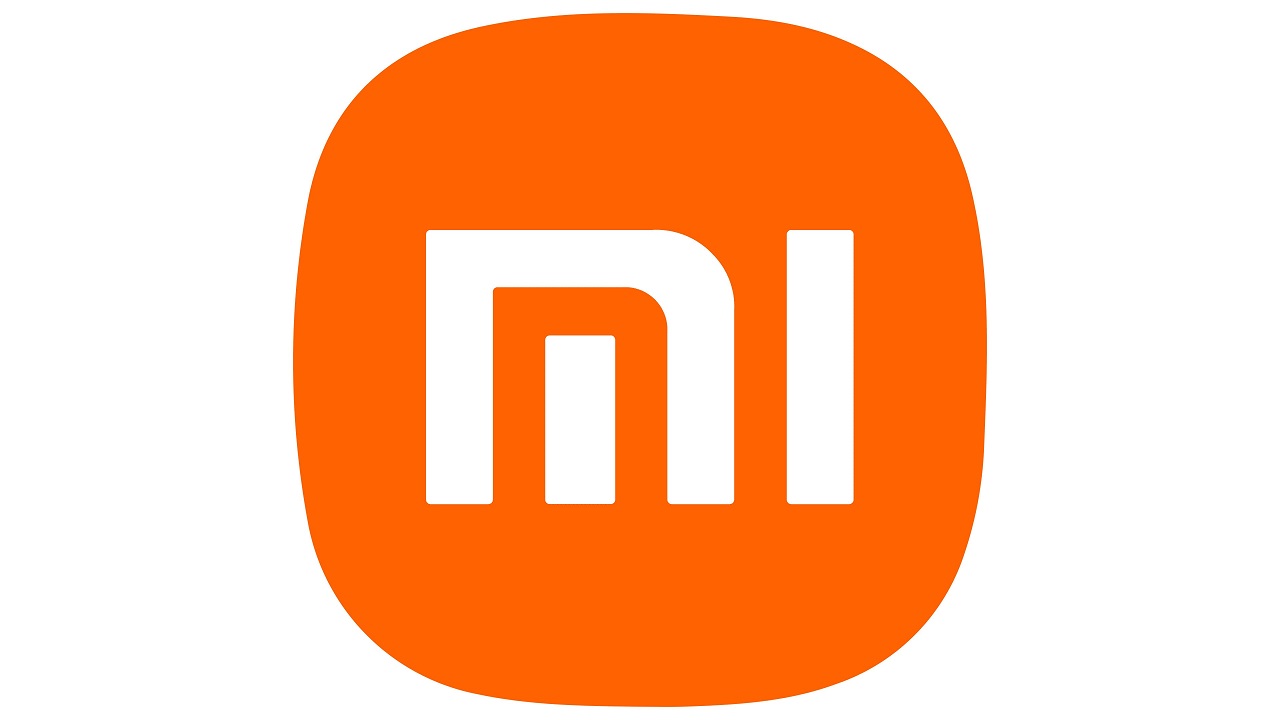Xiaomi is the consumer electronics company with smartphones and smart devices interconnected by an Internet of Things (AIoT) platform. He announced a plan, called ‘Zero-carbon Philosophy’, to substantially reduce its greenhouse gas (GHG) emissions and become carbon-free. Xiaomi intends to reduce carbon emissions through research and development of clean technologies. Developing e-waste disposal practices and implementing green logistics activities and operations.
Xiaomi and its carbon-free strategy in favor of the climate with the ‘Zero-carbon Philosophy’
The company is pursuing its mission, which is to enable everyone in the world to enjoy a better life through technological innovation. Furthermore, Xiaomi believes it has a responsibility to help fight climate change through new technologies and operational efficiency. The company is determined to do its part to accelerate the global transition to a carbon neutral economy. How does it do it? Incorporating climate-friendly elements into the design and delivery process of its most innovative products.
Xiaomi’s greenhouse gas emission reduction goals to be carbon-free
Xiaomi is taking a phased approach to develop and roll out its action plans for the reduction of greenhouse gas emissions. Xiaomi is committed to reducing its scope 1 and 24 greenhouse gas emissions through options.
By 2030, reducing the greenhouse gas emissions1 of its main operating segments2 by at least 70% compared to the base year5. By 2040reducing the greenhouse gas emissions of the main operating segments by at least 98% compared to the base year level, with the preconditions to arrive at a net emissions level of zero.
Not only. Giving priority to the use of tecnologie low-carbonlong-term green-power purchase agreements and on-site renewable energy generation to reduce greenhouse gas emissions throughout the reporting period;

R&D and circular economy for the reduction of the environmental impact
Xiaomi’s environmental impact has been reduced in various ways, among which the activities of Research and Development (R&D) of clean technologies, product upgrades, circular economy and electronic waste management.
Research and development of clean technologies and product upgrades
In 2022, Xiaomi invested more than 50% of total R&D expenditures in clean technologies, and the application of patents and products related to clean technologies produced 59.7% of revenues in the same year. The company has made remarkable progress in this area. Here are some examples:
5G signal transmission technology and energy saving: thanks to 5G energy-saving technologies, such as self-adaptive broadband and energy optimization technology, Xiaomi has increased the energy-saving efficiency of its smartphones. Advanced WLAN chips, in combination with WLAN power monitoring and dynamic transmission technology, have reduced the power consumption of its smartphones by around 30% compared to the previous generation.
Energy-saving display technology: by switching to Dark Mode, which makes the background of the smartphone black, the energy consumption of the display can be reduced by up to 70% when using specific applications.
Charging Technology: in 2022, more than 100 million smart devices and terminals used Xiaomi’s fast charging technologies, saving nearly 57 million kWh of energy consumption and 24,852 tons of CO2e emissions compared to traditional fast charging technology.
Environmentally friendly packaging: Xiaomi has changed the packaging of its products for the ecosystem, switching from gusseted boxes to flattened cardboard boxes and eliminating plastic handles. Thanks to this update, the company has reduced its use of paper packaging by an average of 0.3m² and eliminated around 80g of plastic per product.
Circular economy and e-waste management
Recycling and Disposal: in 2022, Xiaomi recycled about 4,500 tons of electronic waste, including smartphones. From 2022 to 2026, the company is committed to recycling 38,000 tons of e-waste and using 5,000 tons of recycled material in its products.
Xiaomi also continues to expand its Trade-In program by increasing the types of recyclable products and coverage of recycling services, collecting waste items in-store, by mail and at home to encourage users to recycle their products. Last year, the company launched the Trade-In program on its official website in select European markets. We also work with qualified third parties to dispose of the waste generated during the repair process of electronic products and components.
Refurbishment and reuse: the company is committed to promoting the development of a circular economy through the reconditioning of used products. In 2022, its renovation factory refurbished around 94,000 smartphones, 5,600 electric scooters and 6,200 smart TVs, all sold as certified refurbished products.
Boost Durability: Xiaomi takes into account the durability of materials when choosing them for its products. She has developed wear-resistant ceramic materials and silicone synthetic leather materials used in many of her smartphones. It has established test standards for dust, water and drop resistance that exceed international standards. In 2022, Xiaomi released a long-life battery with full charge and full discharge capability that has a 25% longer cycle life than previous versions.















Leave a Reply
View Comments